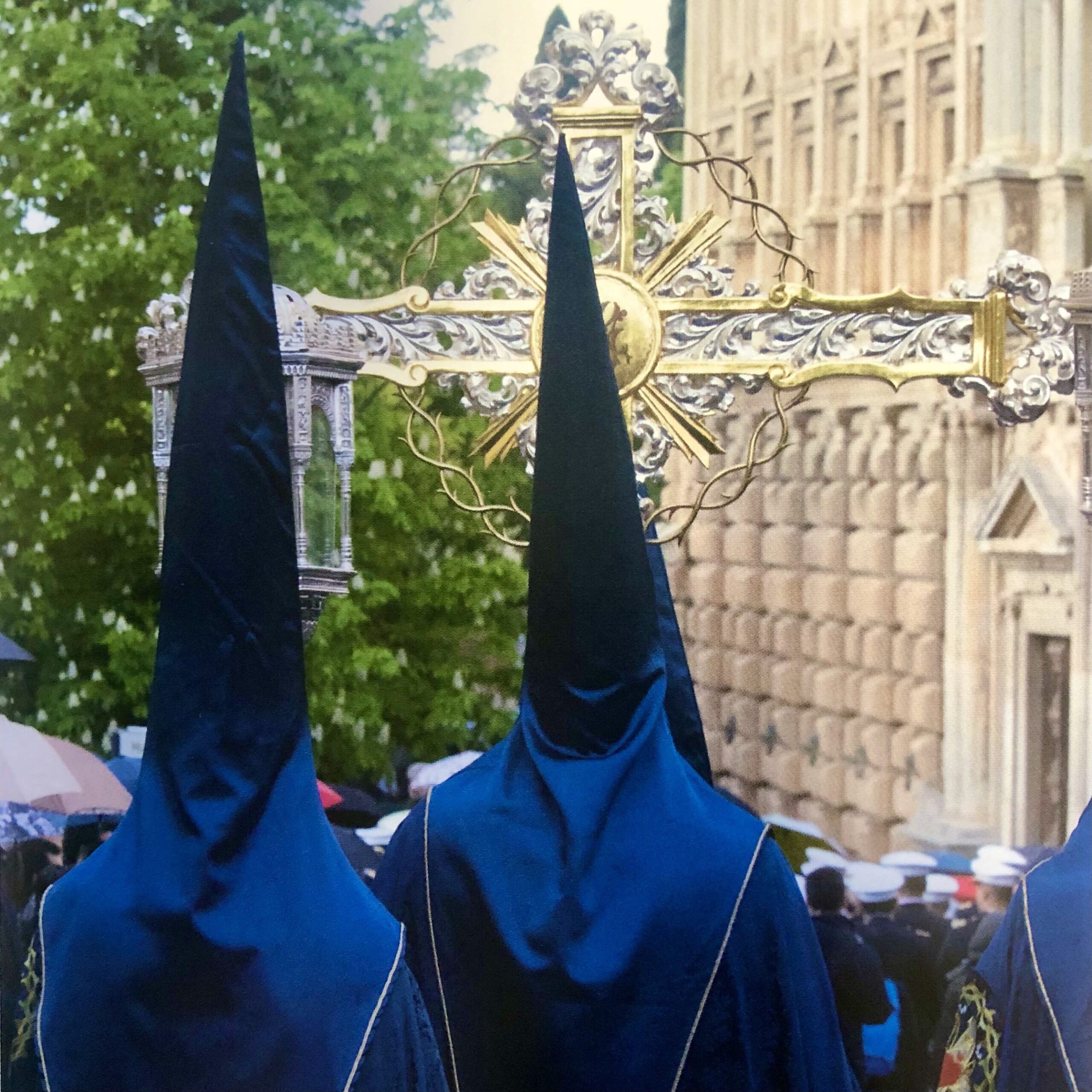
15 Apr Easter week in Granada
Easter week in Granada
Oh, the saeta, the singing
to the Christ of the gypsies,
always with blood on their hands,
always to be unblocked!
Singing of the Andalusian people,
that every spring
go begging for ladders
to climb up to the cross!
Song of my land
that throws flowers
to the Jesus of agony,
and is the faith of my ancestors!
Oh, you are not my song!
I can’t sing, nor do I want to sing
to that Jesus on the cross,
but the one who walked on the sea!
Antonio Machado
Easter Week, or Semana Santa, is one of the most fervent celebrations in Granada.
The Holy Week takes place every year, either in March or in April, during the last week of lent, from Palm Sunday to Easter Sunday and reminds us of the passion and death of Jesus Christ.
During Easter Week the bewitching streets of Granada become the perfect setting for over thirty magnificent processions organized by “Hermandades”, which are catholic brotherhoods.
These worshipful parades are a perfect combination of devotion, faith and passion that, along with the monumental surroundings, create an unforgettable experience.
Not in vain the Holy Week in Granada has been declared of International Tourist Interest since 2009.
Although processions already existed during the 16th and 17th century the celebrations in Granada, as we know it today, did not begin until the 20th century.
Easter Week, from the beginning until today
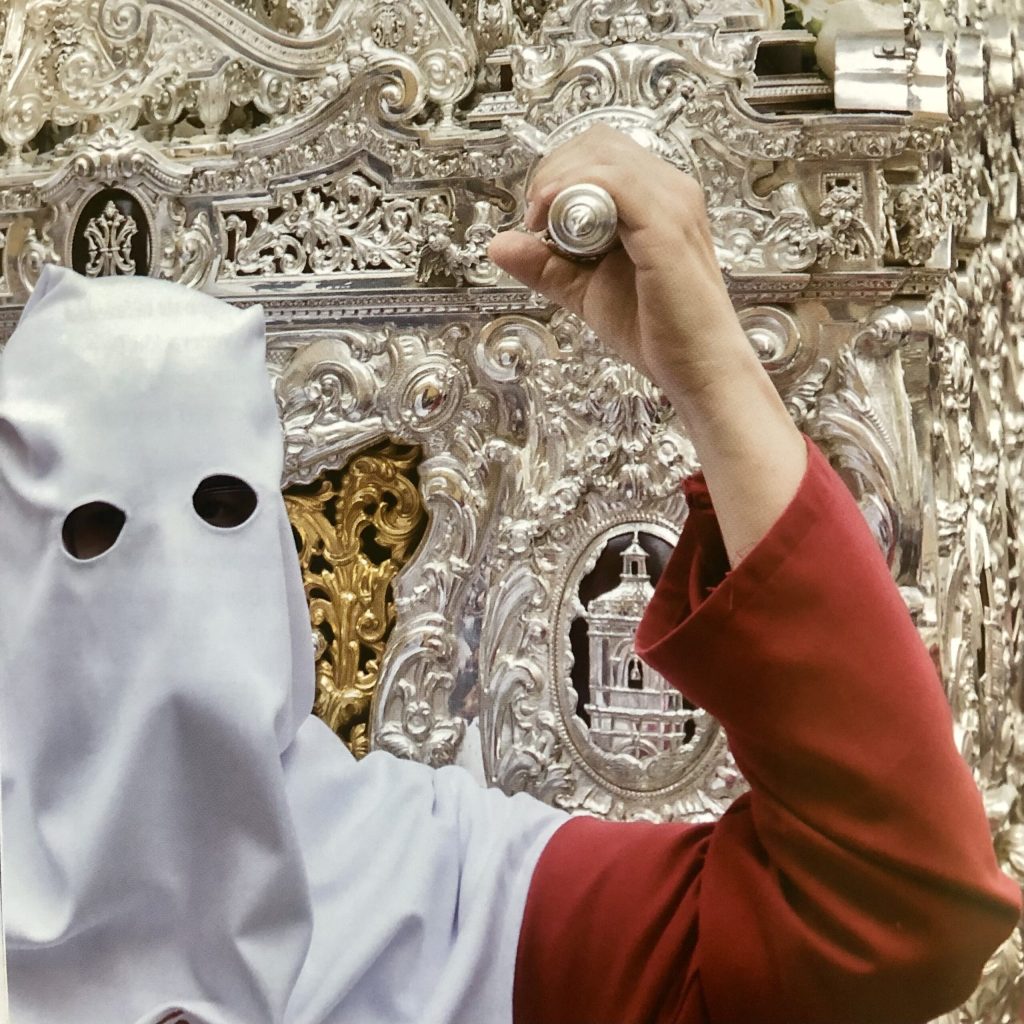
The first brotherhood was founded in 1917, and it was called the Royal Brotherhood of the Holy Way of the Cross (San Juan de los Reyes Church).
Over the years more Hermandades had been created and currently Granada has a total of 32 Brotherhoods of Penitence.
In the past the theatrical scenographies represented during processions by the brotherhoods aimed to introduce liturgy to the streets and bring religious doctrine closer to people.
Nowadays, Easter Week in Andalusia, has become a renowned event around the world.
During the Holy Week, thousands of pilgrims from all over the Planet gather in Granada to enjoy the city’s magnificent “pasos”.
These colossal floats, embellished with handmade biblical statues, are considered authentic masterpieces.
Every day a different Hermandad offers several processions that will recreate the passion of Jesus Christ.
Granada´s most extraordinary settings , such as the Sacromonte hills, the Alhambra or the Albacín offer spectacular processions during the Holy week.
During Easter week in Granada, in every corner of the city, you will find different parades, if you do not want to miss any of them you can follow the Easter Program offered by Granada Archdiocese, where you will find all the details needed.
Easter week, the most interesting facts
Find below 3 curious facts about Easter Week in Granada
Easter Week wax ball
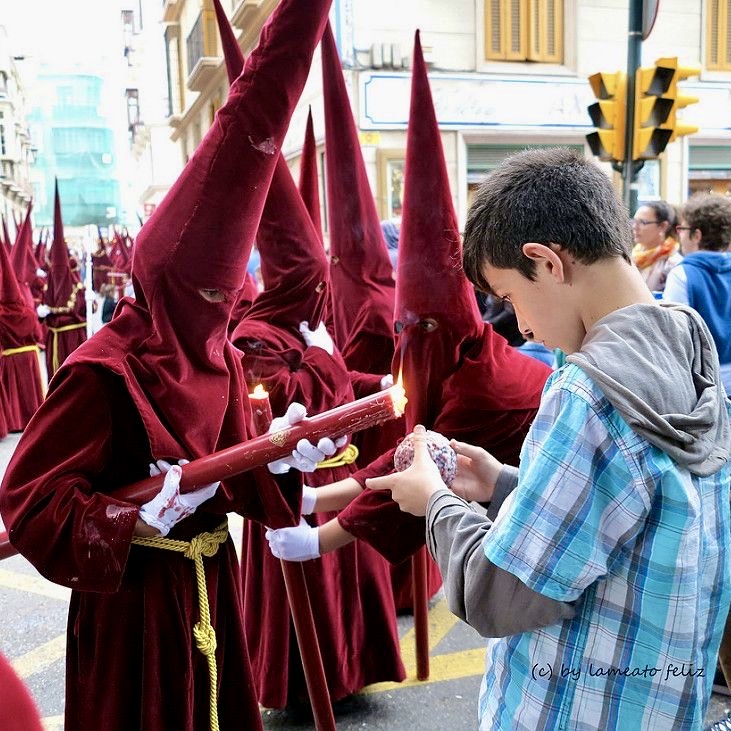
Whether possessions are taking place during the day or night, candles are a must in all celebrations.
There is a curious tradition in which children compete to be the one who can make the biggest wax ball.
Every so often the processions stand still to allow the “costaleros” to rest or change over, children collect the remaining hot dripping wax that falls down from the “costaleros” candles and add it to their ball.
Easter Week, every color has a meaning
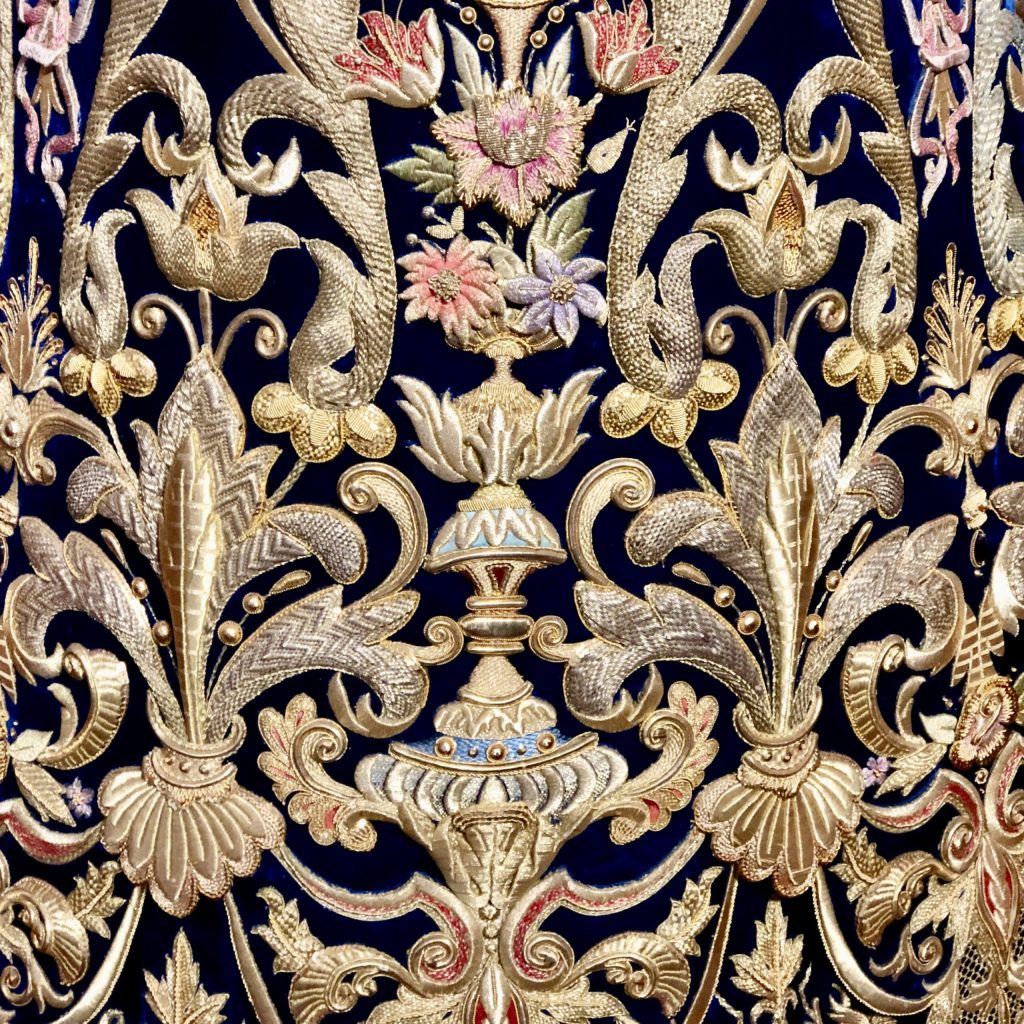
I am sure you have already noticed that the Holy Week is a very colorful event.
But this is not casual, in fact every color has a meaning:
- Red implies the blood and Passion of Christ,
- Purple represents penitence,
- White expresses peace,
- Green means hope,
- Blue symbolize heavenly love
Easter Week, time to forgive
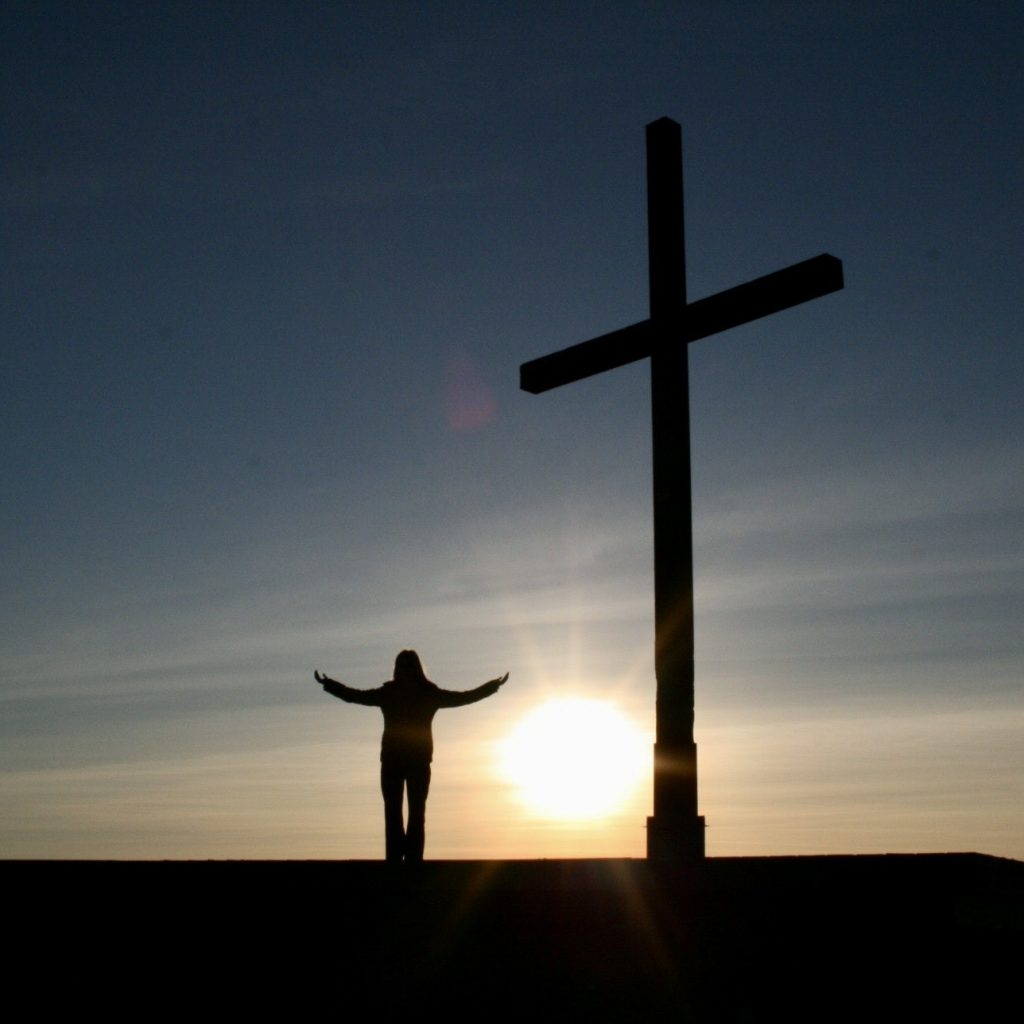
Taking into account that Easter Week is a time of forgiveness, the Spanish Government, following the Catholic tradition, offers an amnesty to several prisoners each year.
Nowadays, many brotherhoods advocate on behalf of the convicts, and the names of those pardoned are published in the Official State Gazette.
Apart from the religious traditions, during Easter Week, and the whole year round, Granada is always a magical destination where you can enjoy history, art and mouth watering gastronomic options.
Easter week delights in Granada

Every Spanish tradition and celebration are always accompanied by a typical dish.
Antique recipes that pass on from generation to generation and whose unique tastes remain in the memory of anyone who has the opportunity to enjoy them.
During Holy Week in Granada “pestiños” are one of the most popular sweets.
These crunchy, deep fried fritters, flavored with anise and lemon usually served glazed with sugar or honey are just yummy.
The original recipe, from Arab origin, combines honey, lemon and cinnamon to create the perfect bite.
Another delicious pastries are the “Torrijas”, bread, dipped in milk and egg, then fried, sprinkled in sugar and drenched in honey.
The original recipe is supposed to be originally from the Roman empire.
In fact, in his book “De Re Coquinaria” the gastronome Marcus Gavius Apicius had a recipe called “Pultes Tractogalate” (stewed porridge with flour and milk) which is almost the same as the one prepared today.
If you are a foodie, the gastronomy of Granada will not disappoint you.
From Tapas to “Tortilla del Sacromonte” or beans with “saladillas” and ham, Granada offers the most tasteful gastronomy and a variety of flavors reflects the cultural richness of Andalusia.
Visiting Granada in Easter Week
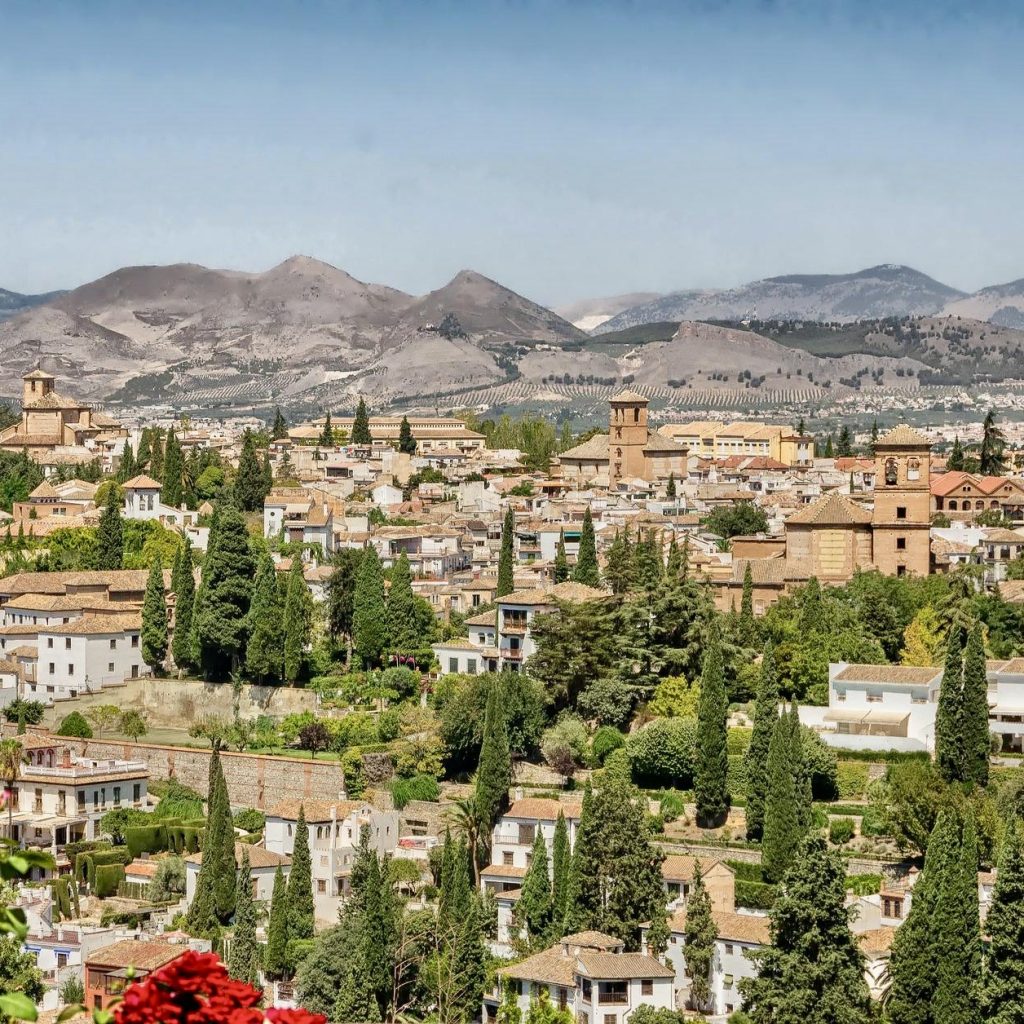
During Easter Week, and the whole year round, Granada will always amaze you.
Not only because of the beauty of its architecture, the charm of its narrow cobbled streets, but also because of its ancient traditions, the succulent local dishes and its multiculturalism that makes Granada so unique.
And having a private guide around the city will give you the opportunity to make the most of your trip and enhance the experience.
Contact me. Let’s discover Granada together!
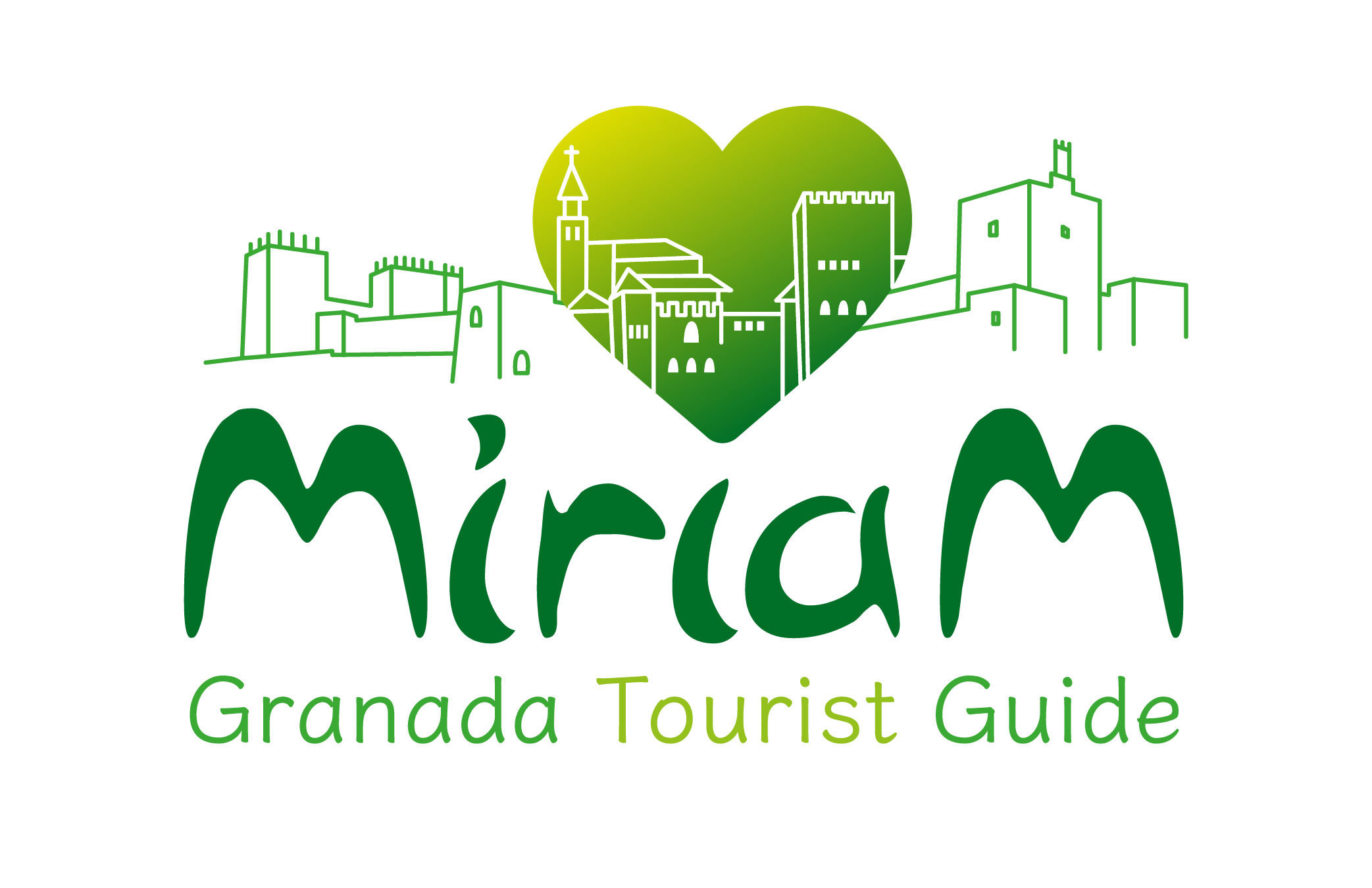


Sorry, the comment form is closed at this time.